The youngest of eight children, George was 11 years old when his mother died, after which he went to live with his aunt. At the age of 13, he went to work as an errand boy in a local dry goods store while attending secondary school in Glens Falls. By the time he left the store at 20, he was the chief clerk (manager) of one of the dry goods department. In 1875, George opened his own dry goods store on Broadway in Saratoga. His store would eventually be the largest store in the county; it was four stories with 10 year-round employees and over 20 employees who came and went with the seasons.
Crippen and his wife’s courtship was a classic example of a Victorian love story or modern-day romance novel. Born Katherine Baker, the future Mrs. Crippen was the daughter of Benjamin Baker, a wealthy businessman living near Chicago. Unlike most women of her day, Kate was well-educated, attending private secondary schools in Glens Falls and New York City. In 1879, when she was 18, Kate came to visit her aunt in Glens Falls. There she met 25-year-old George Crippen. He was immediately smitten and a whirlwind romance ensued.
After her stay, Kate returned home to Illinois where George would often visit. The local newspapers carried stories about his mysterious absences, while the Chicago newspapers reported on a stranger suddenly appearing, seeking his future bride. They married in October of the same year. The Crippens would have six children; sadly, the first two died when young.
Besides his store, Crippen invested heavily in real estate both in Saratoga and Minnesota. In the late 1890s, Crippen left the merchandising business and with a partner opened a factory manufacturing women’s wraps (the simple dresses worn at home by women of that period.)
Although having a limited opportunity for an education himself, Crippen believed in the importance of education. He was on the board of education for the public schools, and served as chair of the finance committee. His oldest surviving son, Lawrence, attended Hudson Military Academy before graduating from Albany Business College. One of his daughters, Mildred, graduated from Saratoga Springs High School, a relatively rare occurrence for a young woman at the time.
The Crippen family was active in the local Baptist church. Kate was a Sunday school teacher; George was superintendent of the Sunday school. He also served as a trustee and treasurer. Crippen donated one of the church’s stained glass windows in honor of the aunt who had taken him in.
In 1908, 53-year-old Crippen went to New York City for surgery. It was unsuccessful and he died in the city. His son, Lawrence, attempted to take over the manufacturing concern but within a few years his partner moved the manufacturing business to Baltimore.
In 1911, Kate Crippen died. It was maintained that she never recovered from the loss of her husband. The next year, Mildred married into the Huletts of Chestnut Hill, Pennsylvania. Margaret would move to Pennsylvania taking her younger sister, Gertrude, with her. The two sons, Lawrence and Harley, would remain in Saratoga, living a less gracious life.
The second family that owned the house was the Pettees, who were chronicled in the July 27, 2012, issue of Saratoga TODAY, along with the house built backward on North Broadway.
The third family to reside in the home was Charles and Margaret Furness. Charles, who was 15 years older than Margaret, was the publisher of the Glens Falls Times. The bulk of the Furness fortune came from his marriage to Margaret, who was a daughter of the Mabee/West family. George West, Margaret’s maternal grandfather, made his fortune manufacturing paper bags. West owned several paper factories in the area and was a two-term Congressman. After he sold the business and retired, his daughter, Florence Mabee, bought the mansion that stood behind the stone wall on the corner of Union Avenue and Circular Street. Florence’s house would become a dorm of Skidmore College renamed South Hall. In the 1930s it burned in a fire that was so spectacular that they actually made postcards of the inferno. With the loss of South Hall, Skidmore needed housing for the students and obtained Sunny Side, renaming it Furness House. Furness House served as a Skidmore dorm into the 1970s. After Skidmore moved to the new campus, what was originally Sunny Side would become a home for disabled adults. It would be the 1990s before the tedious process of restoring the house to its current grandeur began.
Interesting side notes on the Crippen and Furness families:
In 1881, as a promotion, Crippen gave every customer numbered tickets with the promise that on January 1, 1882, there would be a drawing and 10 sewing machines would be given away free of charge. As soon as he started to draw the numbers, Crippen was arrested for holding an illegal lottery and the sewing machines were confiscated. There was open gambling in the casinos in the summer, but the locals could not get a chance at a free sewing machine in the winter.
Prohibition was in effect most of the time that the Furness family owned the house. Based on information shared by one of the descendants, we are assured the Furnesses, and several others of Saratoga’s elite families, did not believe the law pertained to them.
Margaret Furness’ brother, Douglas Mabee, owned the Batcheller Mansion at the same time.
Next week the Travers Cottage will be the last house featured in this series. If you would like to nominate a house (including your own) built before 1920 to be considered for a future series, email This email address is being protected from spambots. You need JavaScript enabled to view it. with the information.
Hollis Palmer’s books, including “Saratoga’s Great Ladies”, are available at Crafters’ Gallery on Broadway and at the Saratoga History Museum.







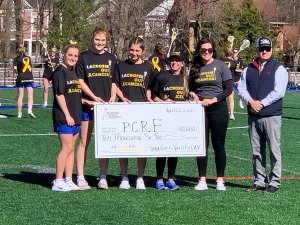



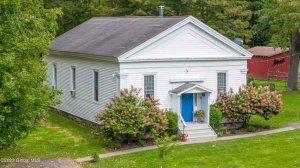
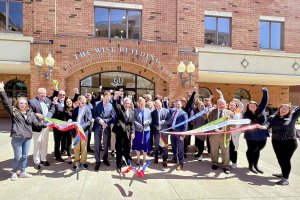

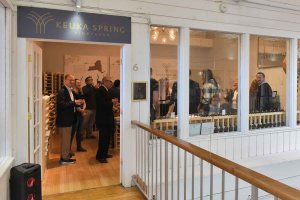
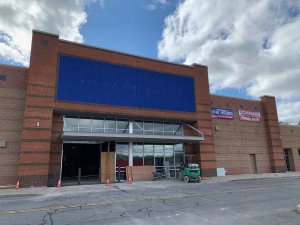
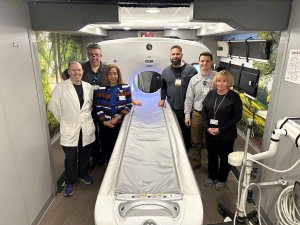
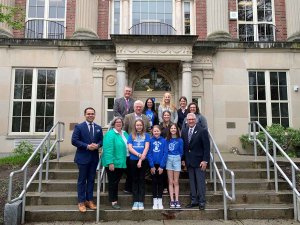
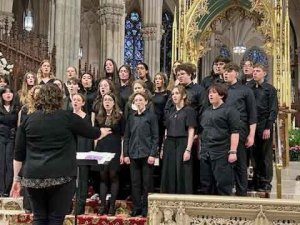








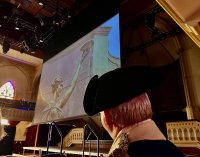


 How to resolve AdBlock issue?
How to resolve AdBlock issue? 









